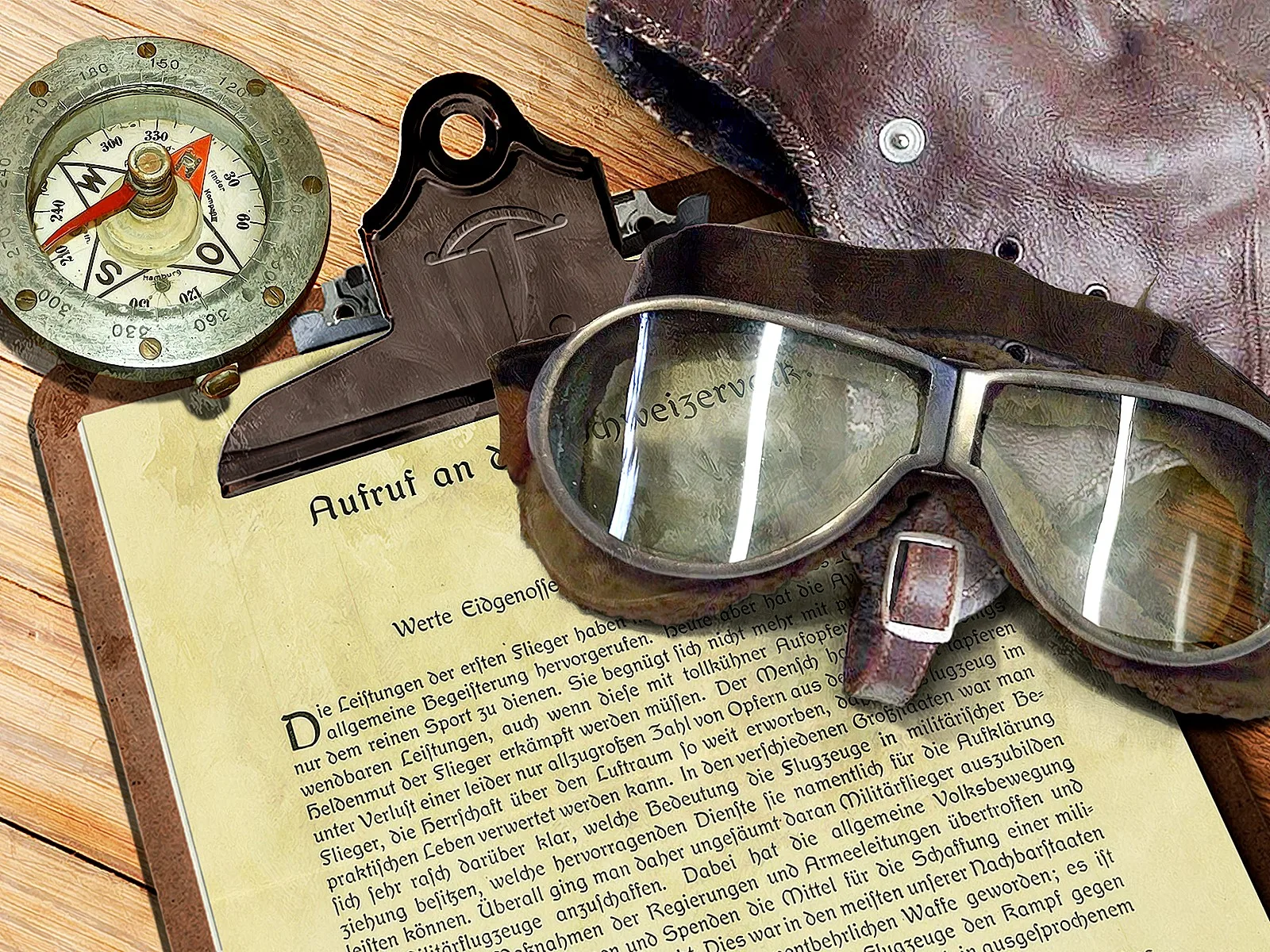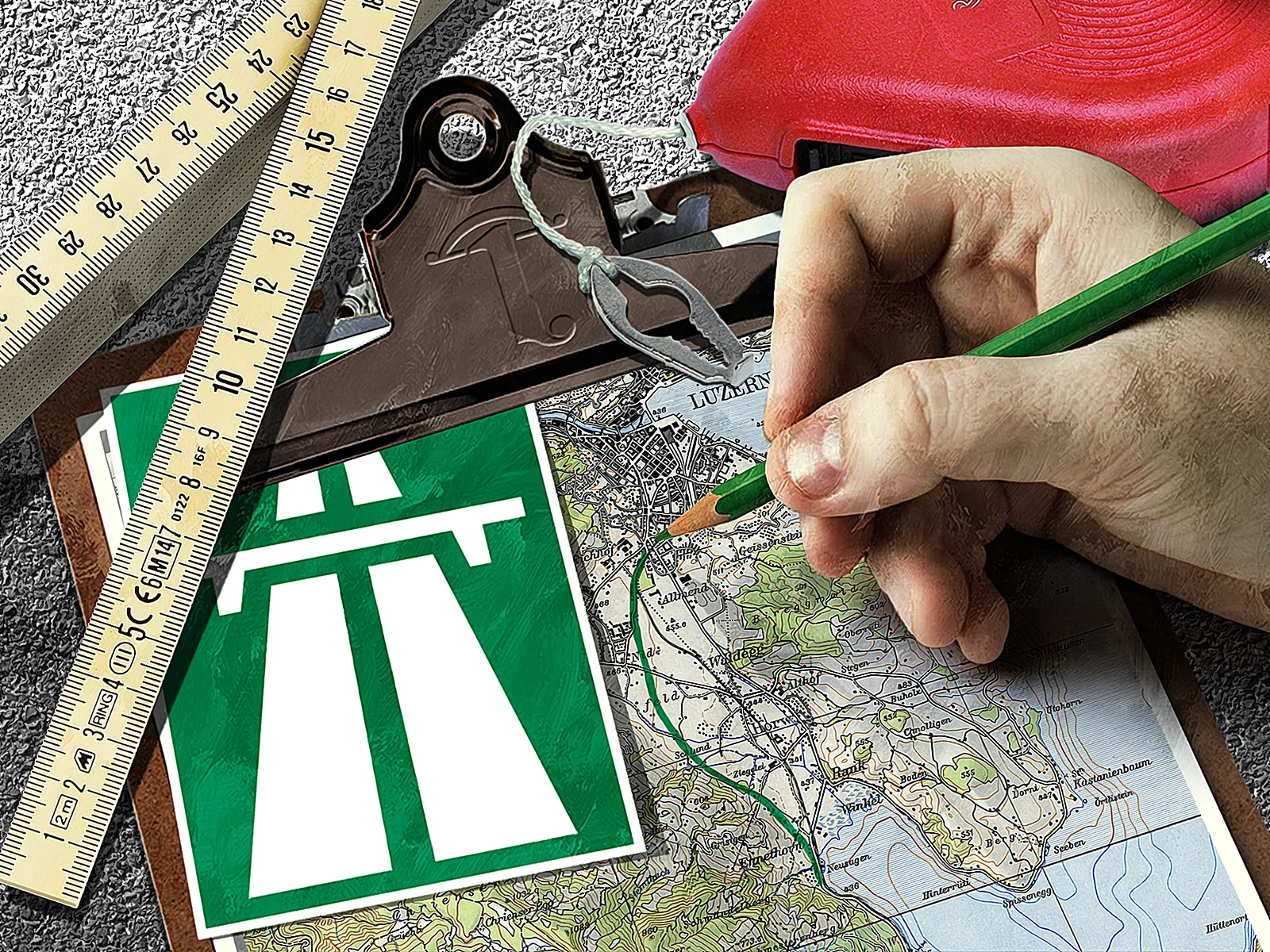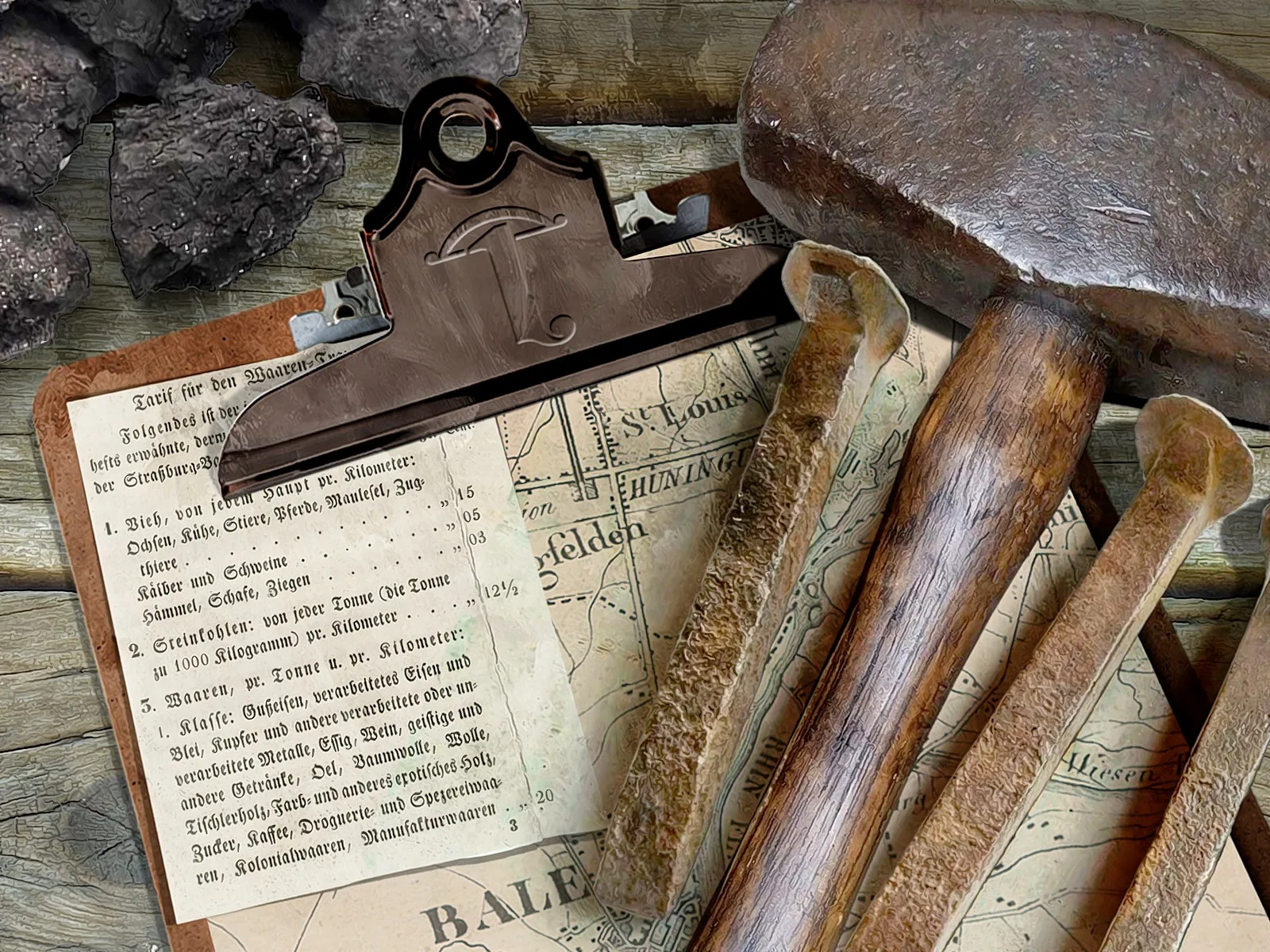
Switzerland’s first railway
On 15 June 1844, a railway train ran on Swiss territory for the first time. The train didn’t go from Baden to Zurich; instead, it ran a distance of about two kilometres from the French border to the city of Basel.
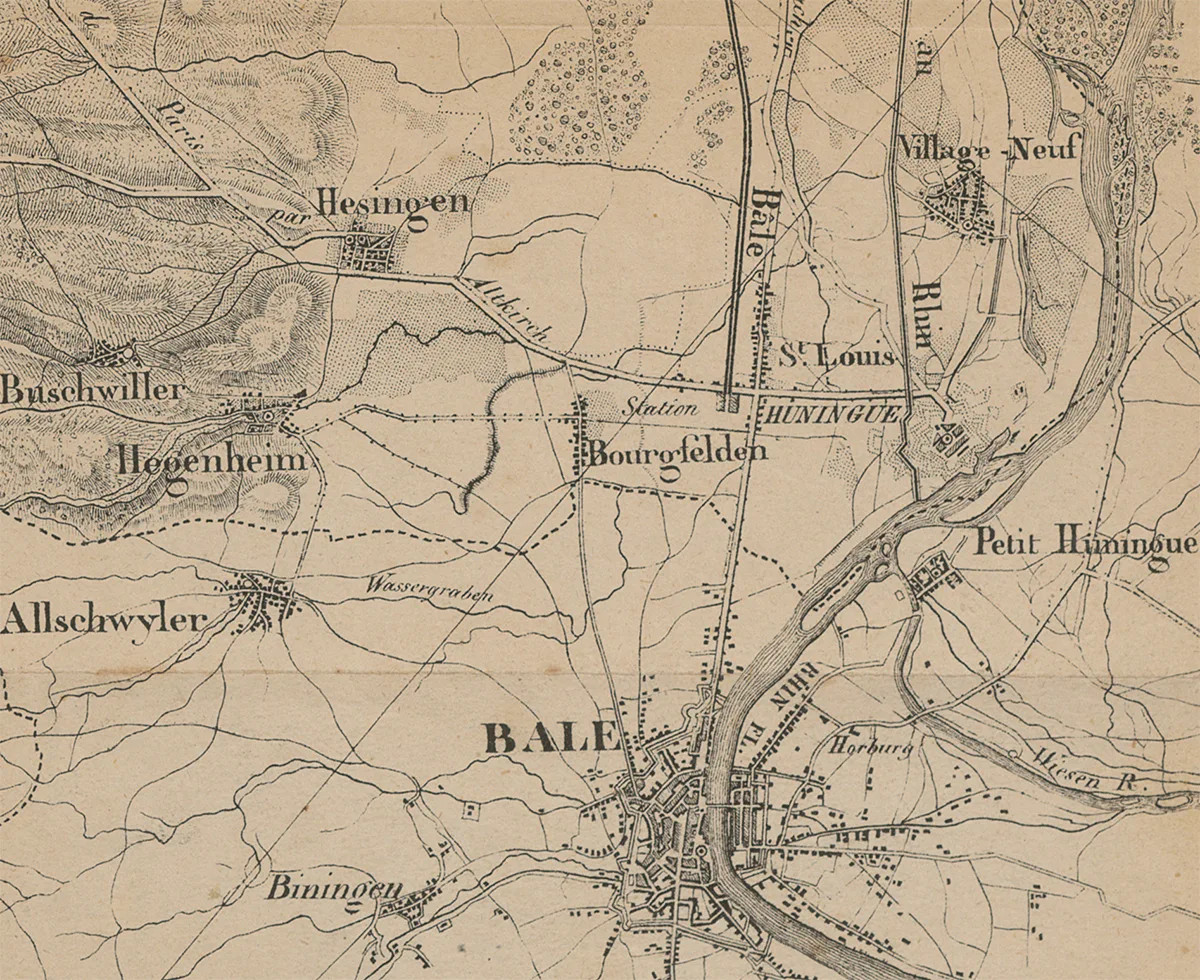
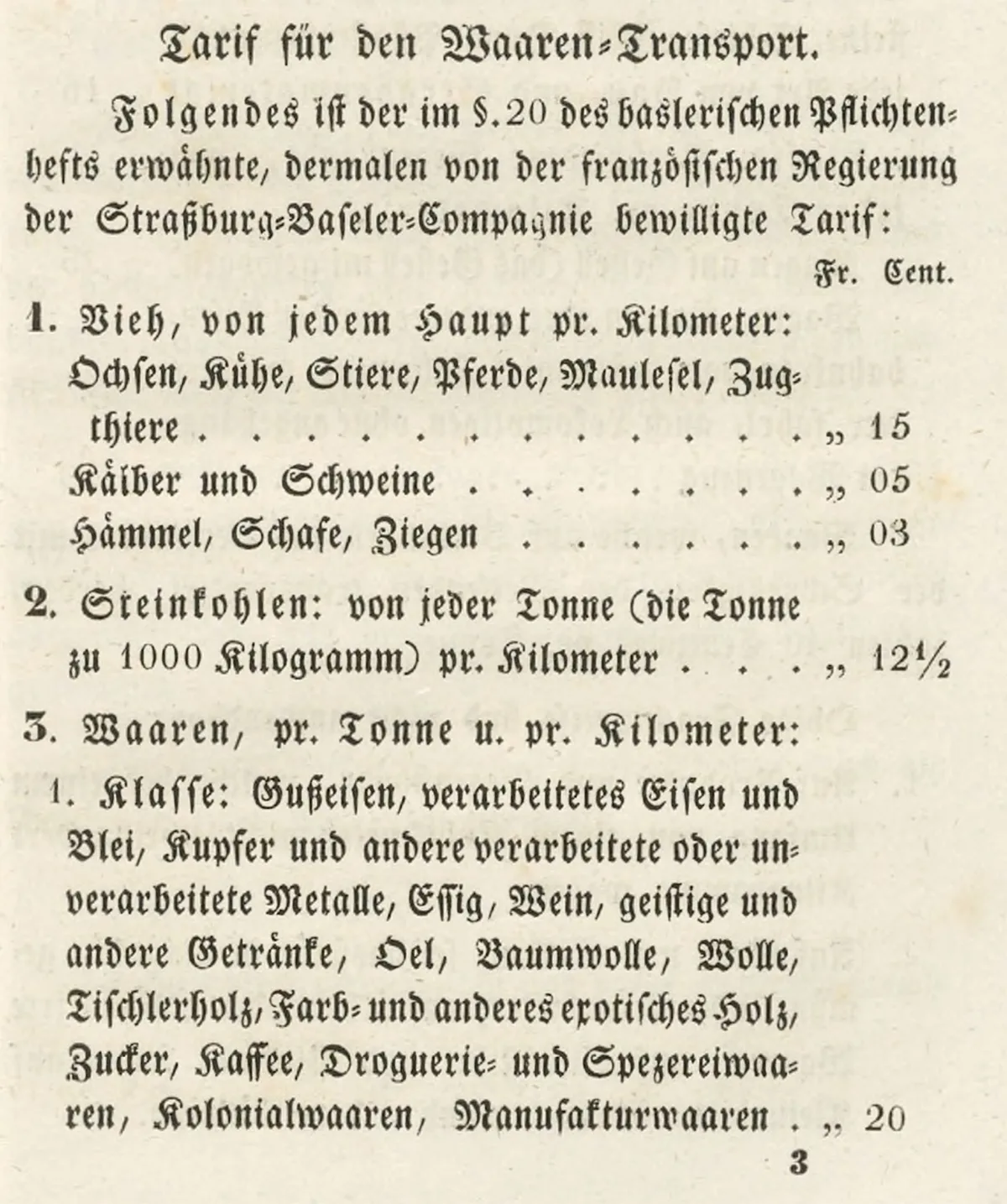
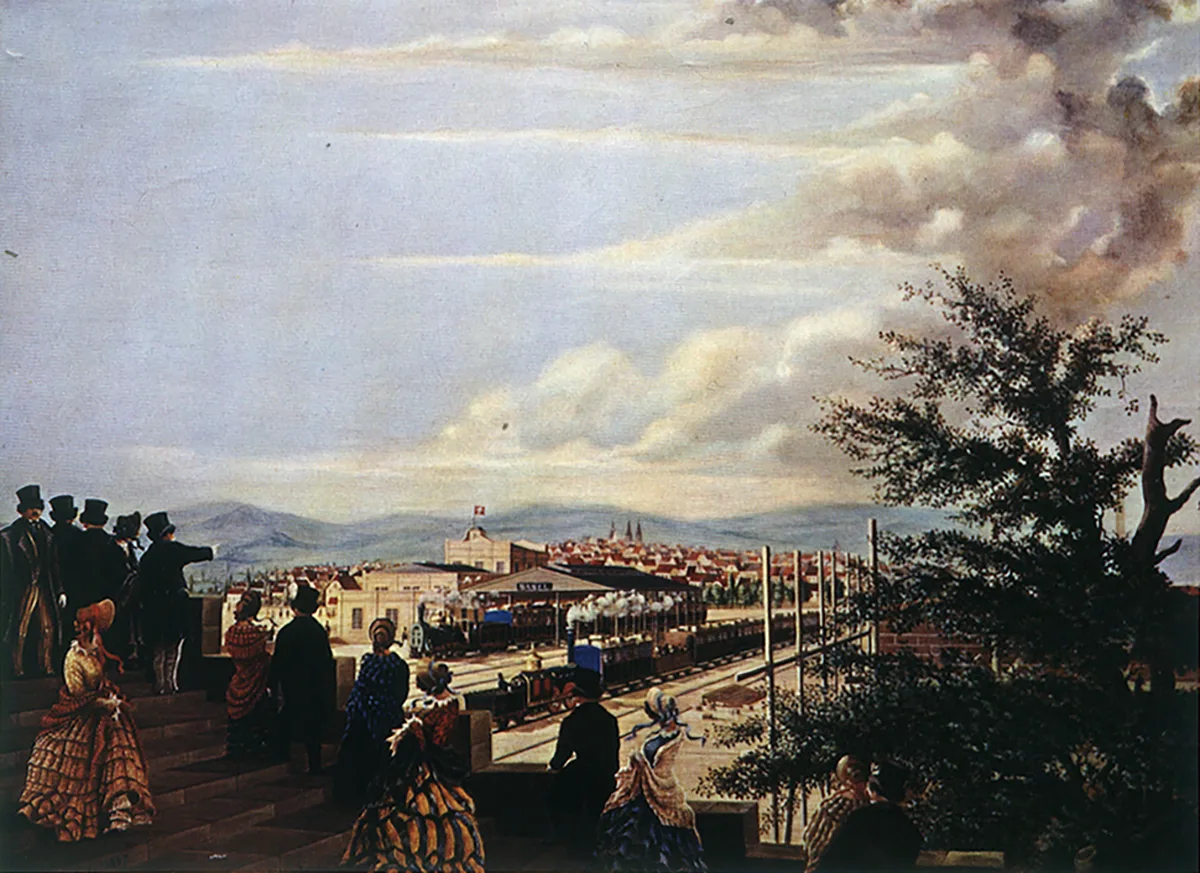
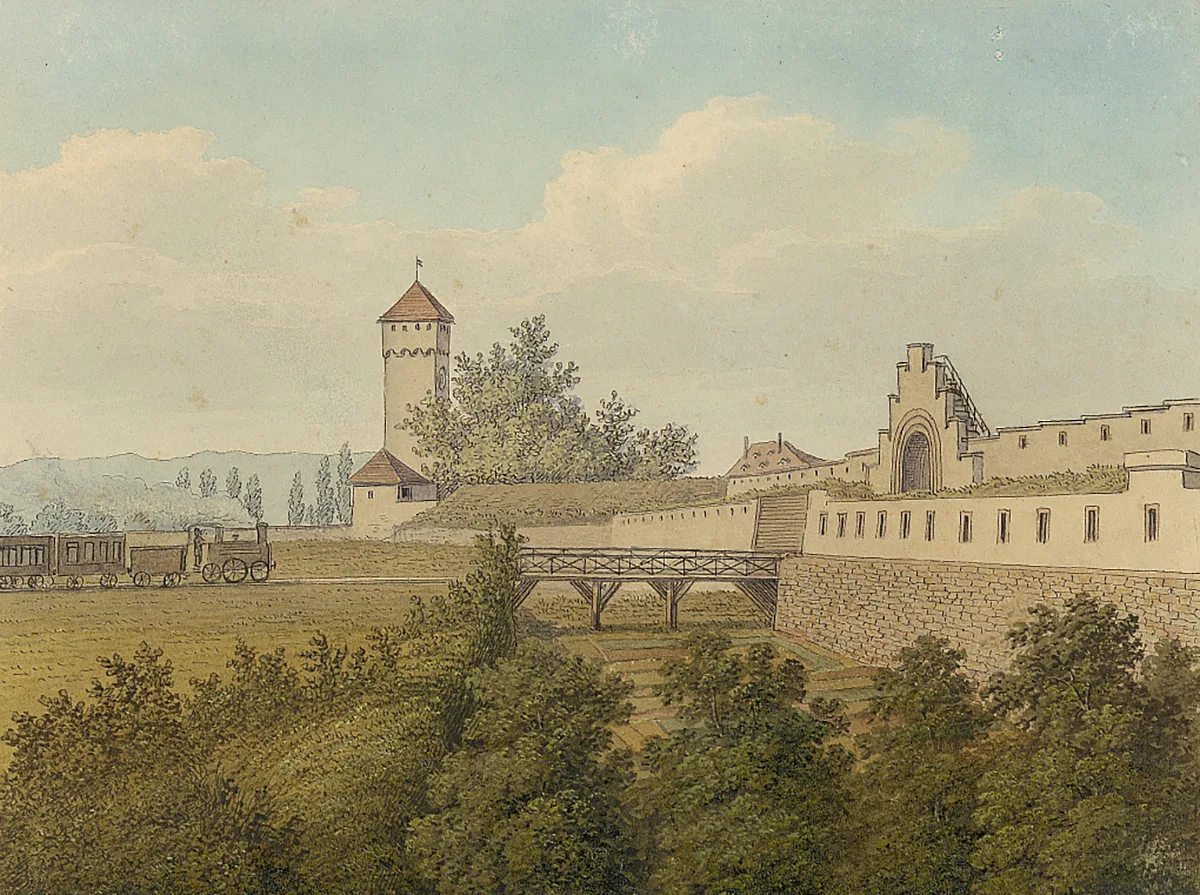
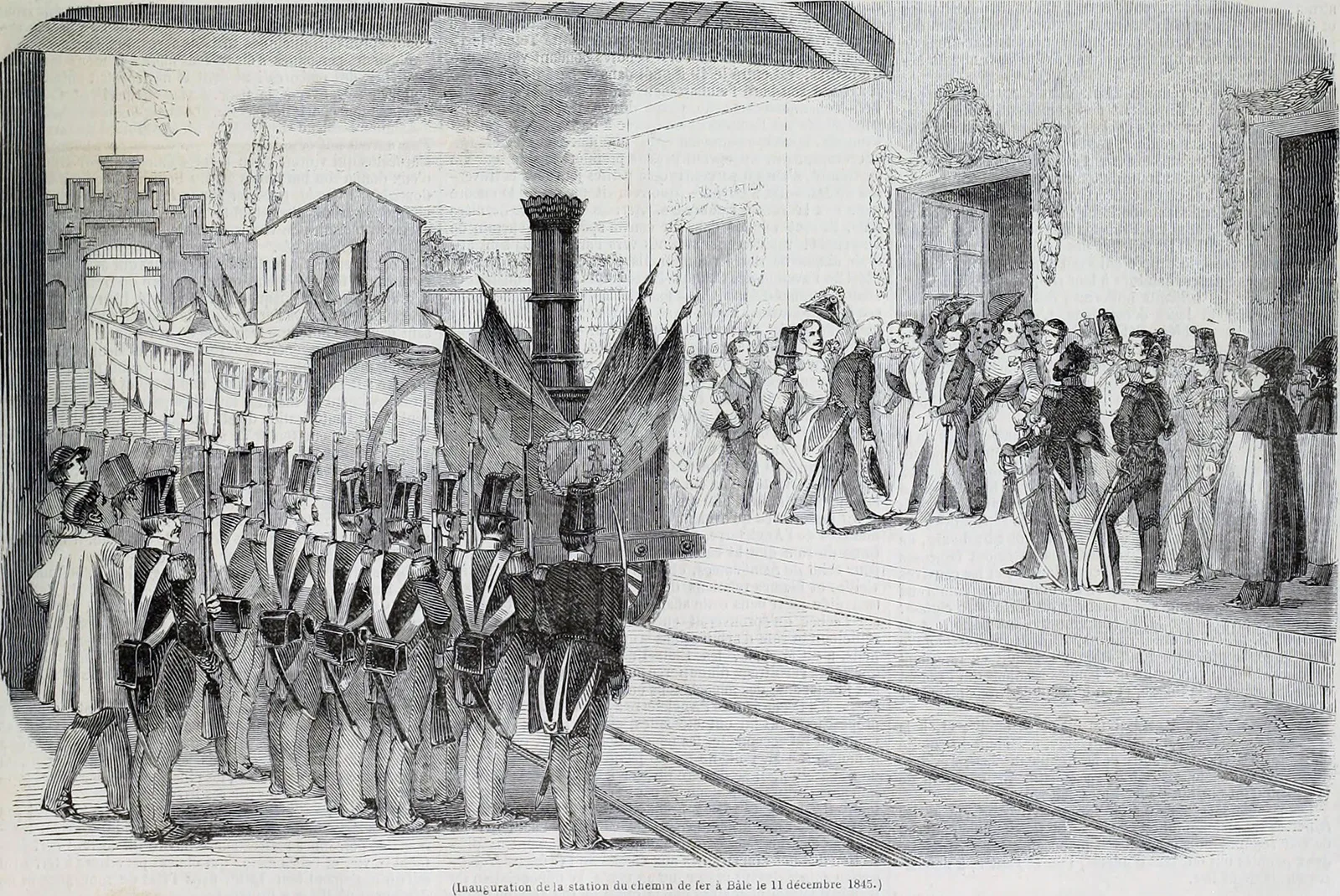
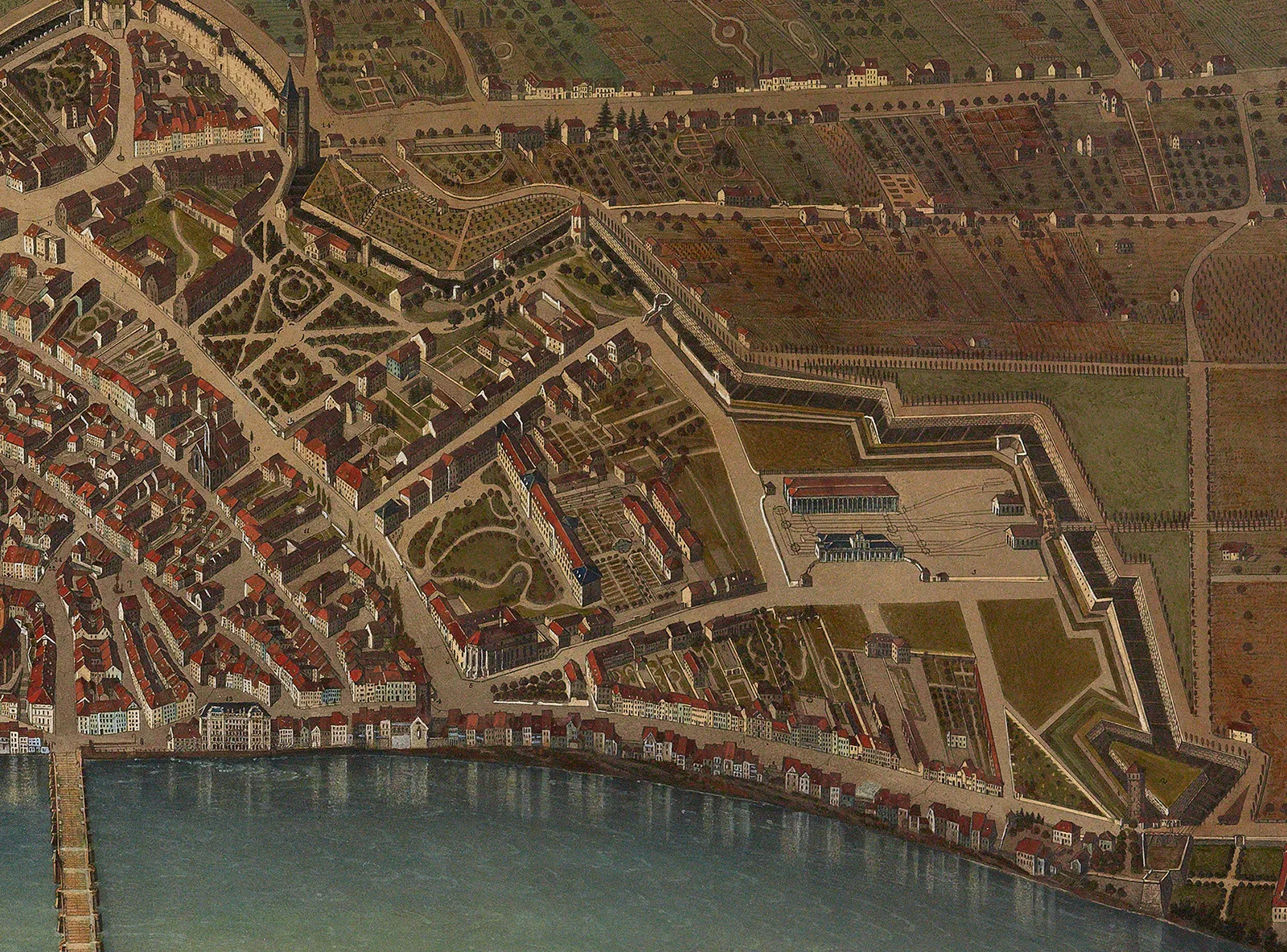
The first time…
There’s always a first time. In this series, we will be looking at historic Swiss firsts. The topics covered are very diverse: from the first zebra crossing to the first ever popular initiative. The articles have been produced in cooperation with the Schweizerisches Bundesarchiv (Swiss Federal Archives).

